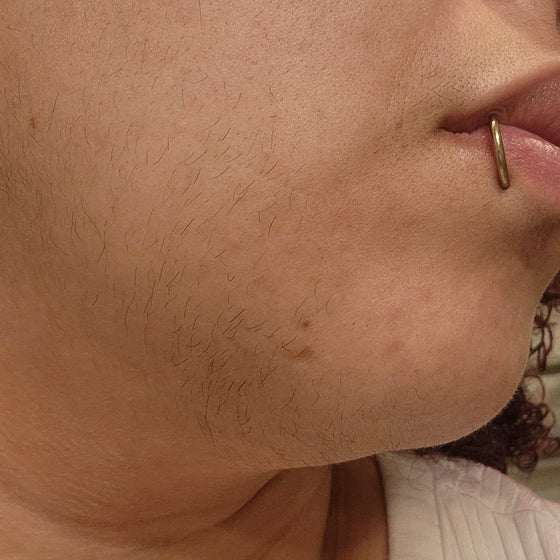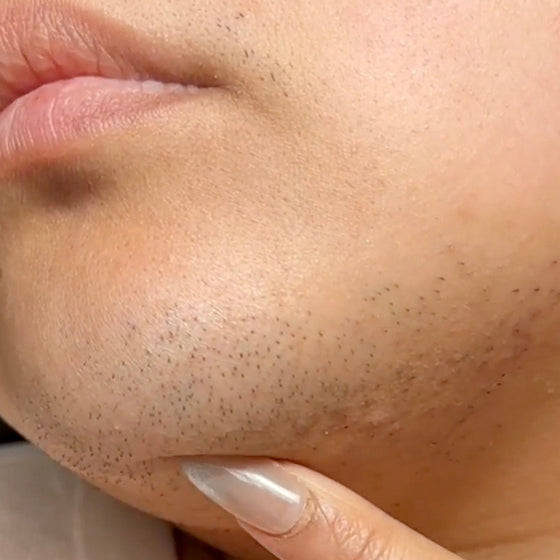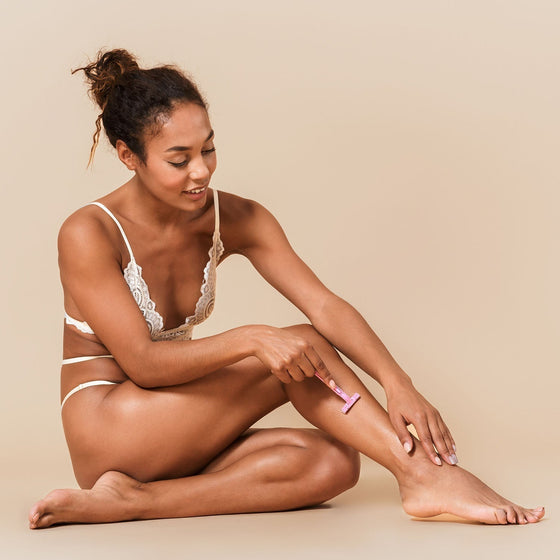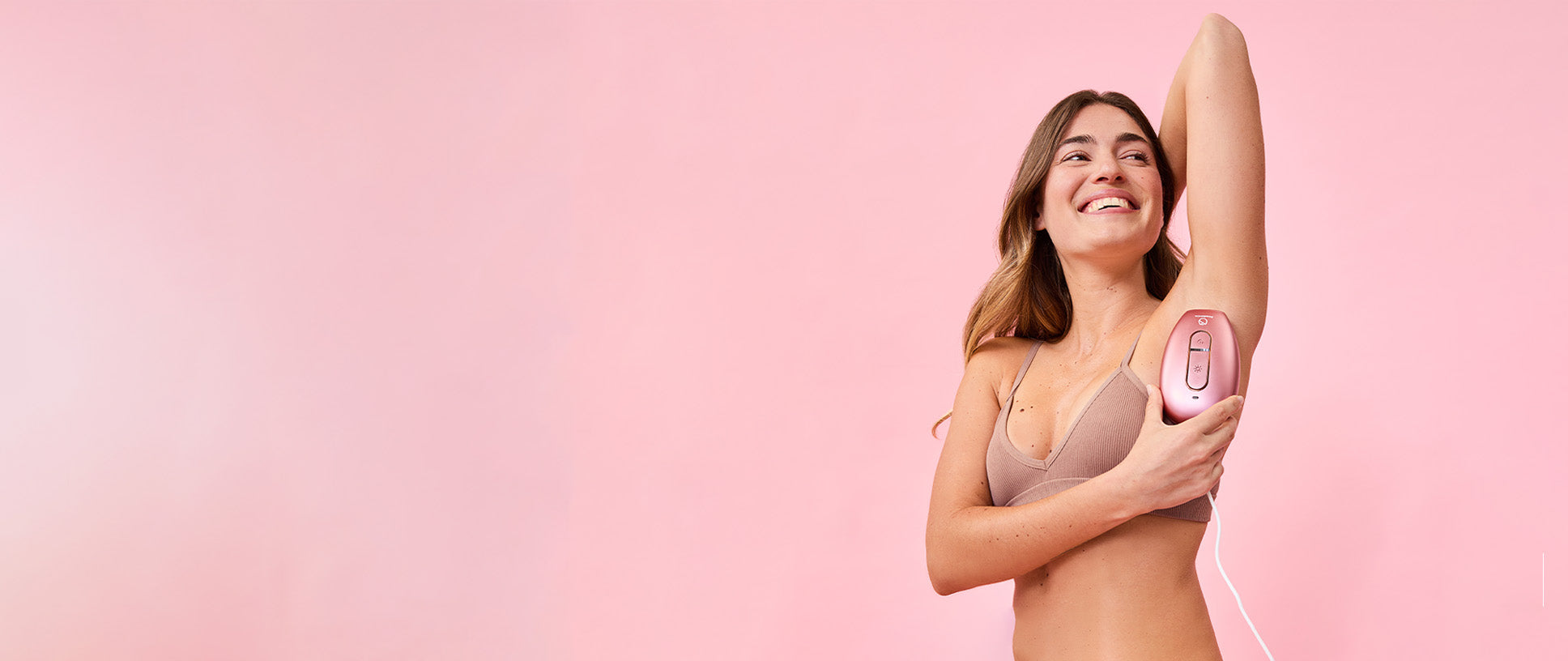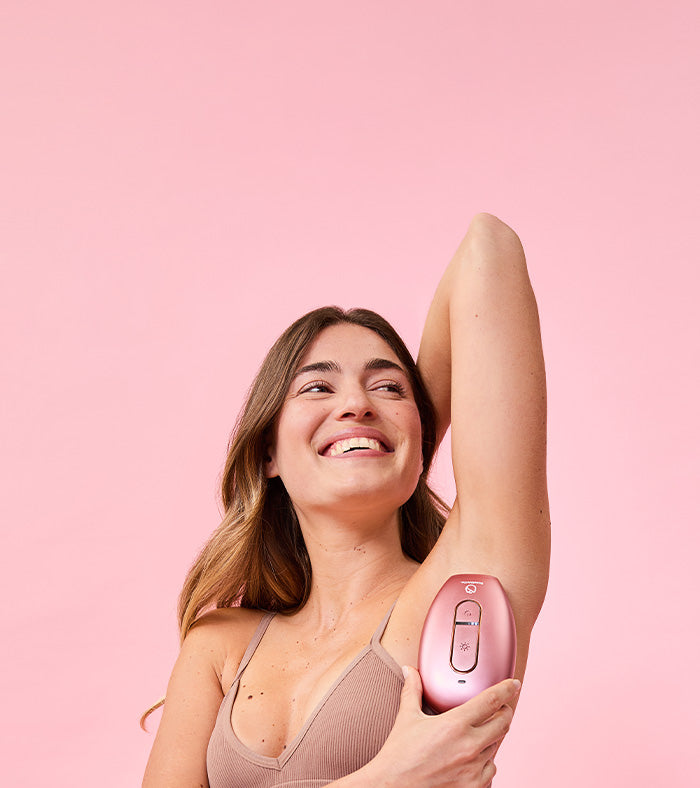With laser hair removal (whether at a clinic or using an IPL hair removal handset at home), it's important to care for your skin after each session to ensure that you receive the best results. A typical laser hair removal session can take up to 3-12 weeks, which means it is essential to make sure your skin is prepped and ready in between sessions. In addition, a good aftercare routine can help prevent skin damage and irritation risks, as the light energy from your IPL magically zaps the hair away.
So, here are some things to do (and not to do) after and in between your laser hair removal sessions.
Avoid direct sunlight
The first rule when it comes to post laser hair removal aftercare is to avoid direct sunlight. After undergoing laser hair removal or using an IPL device, our skin is usually at its most sensitive. Exposure to direct sunlight can increase the chances of skin irritation and damage and sometimes even cause skin cancer. So in between your hair removal sessions, make sure your treated area is fully covered when going outside. We also recommend wearing loose-fitting clothing, like a breezy blouse or maxi skirt, to allow your skin to breathe.
Wear sunscreen daily
Make sure you apply an SPF every day to protect your skin from harmful UV rays. As we mentioned earlier, direct sunlight can irritate the skin after an IPL or laser hair removal treatment. A protective sunscreen can help avoid severe damage, whether you're spending time outside or staying in (don't forget sun rays can still reflect through windows). Use an SPF 30 sunblock (or higher) on the treated areas of the body to ensure that your skin is fully protected. However, if you've treated areas on the face, use an SPF 50 as the skin on your face is more likely to be prone to sensitivity.
Do not wax or tweeze growing hair
If you're at the beginning stages of your laser hair removal, you will likely see hair grow back in your treated areas. It is crucial to not wax, pluck or use any other hair removal methods that require pulling the hair follicles. When using an IPL handset, the light energy is busy at work trying to target hair cells. Pulling hair follicles can disrupt the elimination process and even irritate the skin. However, it is perfectly ok to shave. In fact, it is best practice to shave your target area right before your IPL session.

Use an Aloe-based moisturizer every day
Keeping your skin moisturized throughout your laser hair removal stages is vital, especially since your skin may experience dryness after each session. When choosing a moisturizer for your laser hair aftercare, make sure to select a product that does not contain any fragrance or alcohol. In fact, the more naturally sourced, the better. Anything with Aloe Vera is an excellent place to start, as the ingredient is hydrating and contains soothing properties that can help heal broken and dry skin.
If you're planning on purchasing our IPL handset, make sure to include our brand-new Aloe Coconut Body Lotion. We specifically created this lotion as a post laser hair removal cream treatment to ensure your skin is moisturized when using an IPL handset.
Gently exfoliate your treated area
Another great way to prep the skin in between sessions is to use a gentle exfoliator. While using an IPL handset is an excellent way to prevent future ingrown hair, you're still likely to experience pesky stubs in the early stages of treatment. Although the skin is still sensitive in between sessions, using a gentle exfoliator is perfectly safe. After a session, wait 2-3 days before using an exfoliator and avoid products that contain alcohol and fragrances. Exfoliate your treated areas and other parts of your body 1-2x a week.

Use a cold compression to prevent feelings of discomfort
Right after a session, have a cold compression at the ready. Using a compress can help numb the pain and alleviate any feelings of irritation after a laser hair removal session. While using an IPL handset usually doesn't cause any significant discomfort, using a cold compress can help allow your skin to cool down after a session. If you don't have a cold compress, you can use a bag of ice (or packet of frozen food) instead.
Take pain killers if needed
After a laser hair removal treatment, it is common to experience feelings of discomfort a few days after a session. If the feeling persists, take an over-the-counter pain killer (like Ibuprofen) to help with the irritating sensation. Again, for IPL devices, you're less likely to feel any pain after a session. But if you do notice an uncomfortable feeling in your target area, make sure to take a pain killer if the feeling doesn't go away after a while.
Use a healing ointment on broken skin
After a laser hair removal session, there may be a chance you might develop skin irritation. While this is unlikely in most cases, skin burns, broken skin, and blisters can occur. But don't panic. On the rare occasion you do see a blister or signs of broken skin, do not puncture or rub the affected area. Instead, use a fragrance-free healing ointment to treat the area until the skin heals. If the irritation occurs after one week, please seek further advice from a medical doctor or dermatologist.
Our IPL handset was designed to not only effectively remove hair follicles from your target areas, but to also eliminate the chances of serious discomfort during and after use. That being said, we still want to make sure you make the most out of your Roseskinco IPL handset during and after each session. If for whatever reason the IPL handset is not right for you, we do offer a 90-day money back guarantee for all products. To learn more about our return policy, click here.


